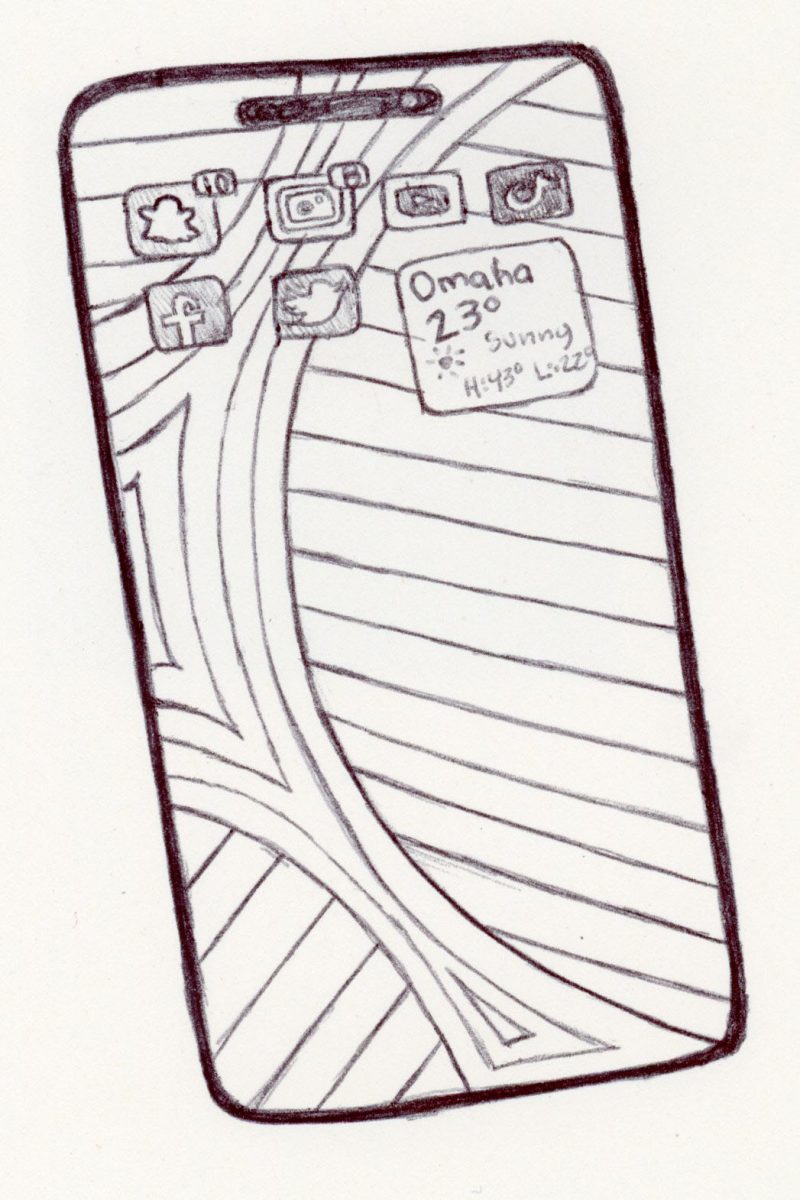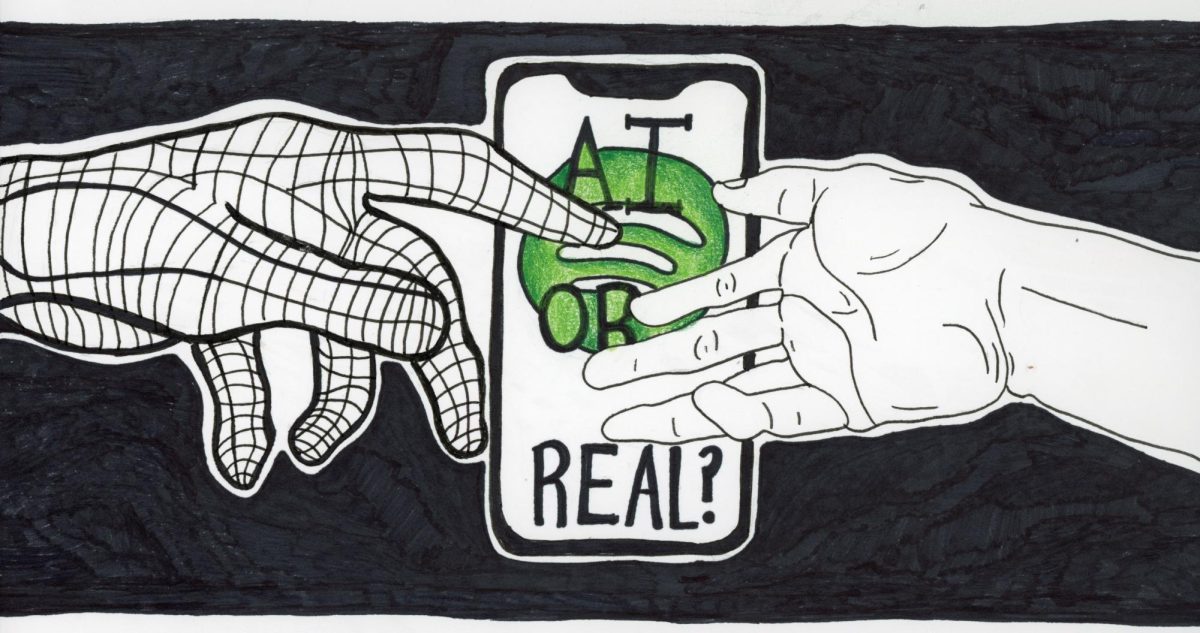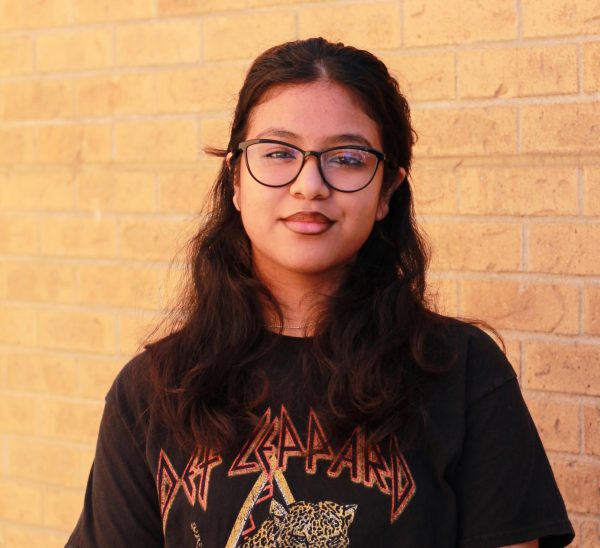
Ever since we were in elementary school, bad weather has represented the opportunity for children to wait in front of the TV and carefully watch the ever-growing list of school closings for their school. Yet, as the years have gone on, it has become increasingly less convenient for students to have to wait for parents or other third parties to inform them what their schedule for the next day will look like.
Many parents leave for work before their kids wake up and because of the lack of direct communication between the district and the students, many people are left in the dark about the day’s cancellation. Not only does the district fail to alert students directly about school cancellations, but the social media platforms where they post information are also extremely out of date and inaccessible to teens. The district should eliminate this disconnect in communication by using resources that students not only have access to but that the district already utilizes in other aspects.
We already use Google Classroom every day to finish work for classes and read announcements from administrators in our specific “Class Of” Google class. Even when school is canceled, we use Google Classroom to complete E-learning assignments. It only makes sense for the district to extend its use of this platform to communicate with students about daily schedules and cancellations. Administrators could create a school-wide classroom that removes the need for parents to relay information. This school-wide Google Classroom could provide information about e-learning days as well as other important announcements that everyone needs to know.
The district currently only posts important information on Facebook and Twitter. Social media is a great way to communicate with students, but it is unhelpful if a large majority of the students who need to see this information are not allowed or present on these platforms. Twitter is 17+ which means a majority of students are not able to reach updates on cancellations or changes to the school day. Facebook is also not a good resource to keep students in the loop, because very few teenagers use Facebook as a primary social media.
Posting these updates on a platform like Instagram where students are active would be a much more effective way of spreading information. Millard South takes advantage of this by posting school-wide announcements to the Millard South Activities Instagram page, which allows students to keep track of changes rather than having to rely on others at a delayed rate. Millard South’s utilization of Instagram could set an example to the district of how they should be using their existing Instagram account to better communicate with the audience directly affected by their decisions. Adding Instagram to its social media roster would allow the district to reach more of its target audience, rather than only keeping parents informed.
The district also has not utilized the option of texting or emailing students directly to inform them of changes. This information is already available to the district in Synergy, yet for some reason, they do not use it. Alerting students of important information via text message or email could drastically lower the amount of confusion during emergencies and cancellations. During the power outage, students had no way of knowing if school was going to continue because no one was communicating directly with them. If students were added to the text message list that alerts parents of e-learning days, it would be much easier for everyone to be on the same page about the day’s change of plans.
It doesn’t make sense that students should have to rely on their parents to receive information that affects their schedules. If the district began communicating with students directly, they could cut the number of misunderstandings and delays surrounding e-learning days and other important updates. The district has a variety of options to keep the student body out of the dark surrounding these events, and hopefully, it is only a matter of time before one of them gets implemented.








